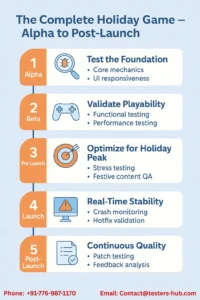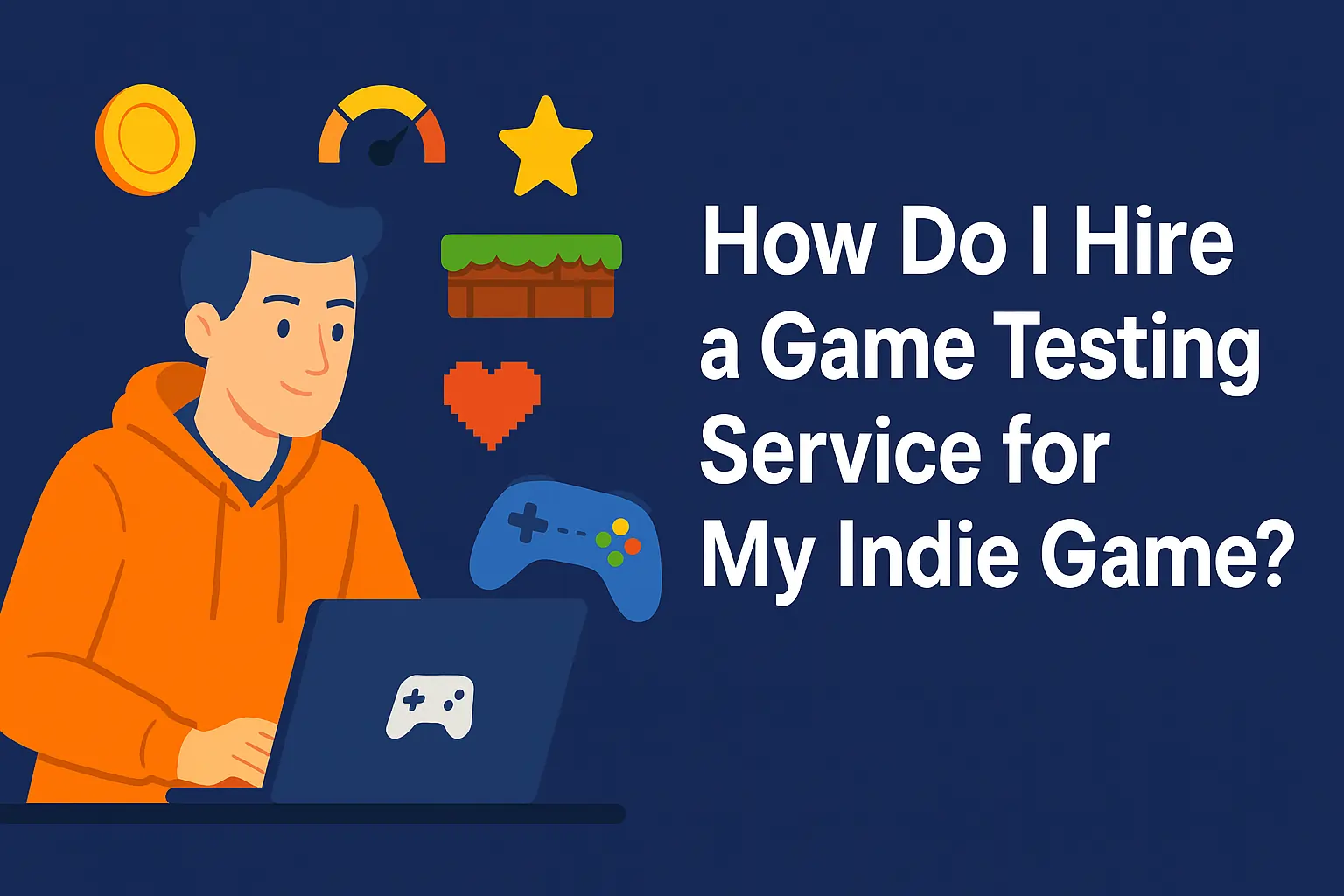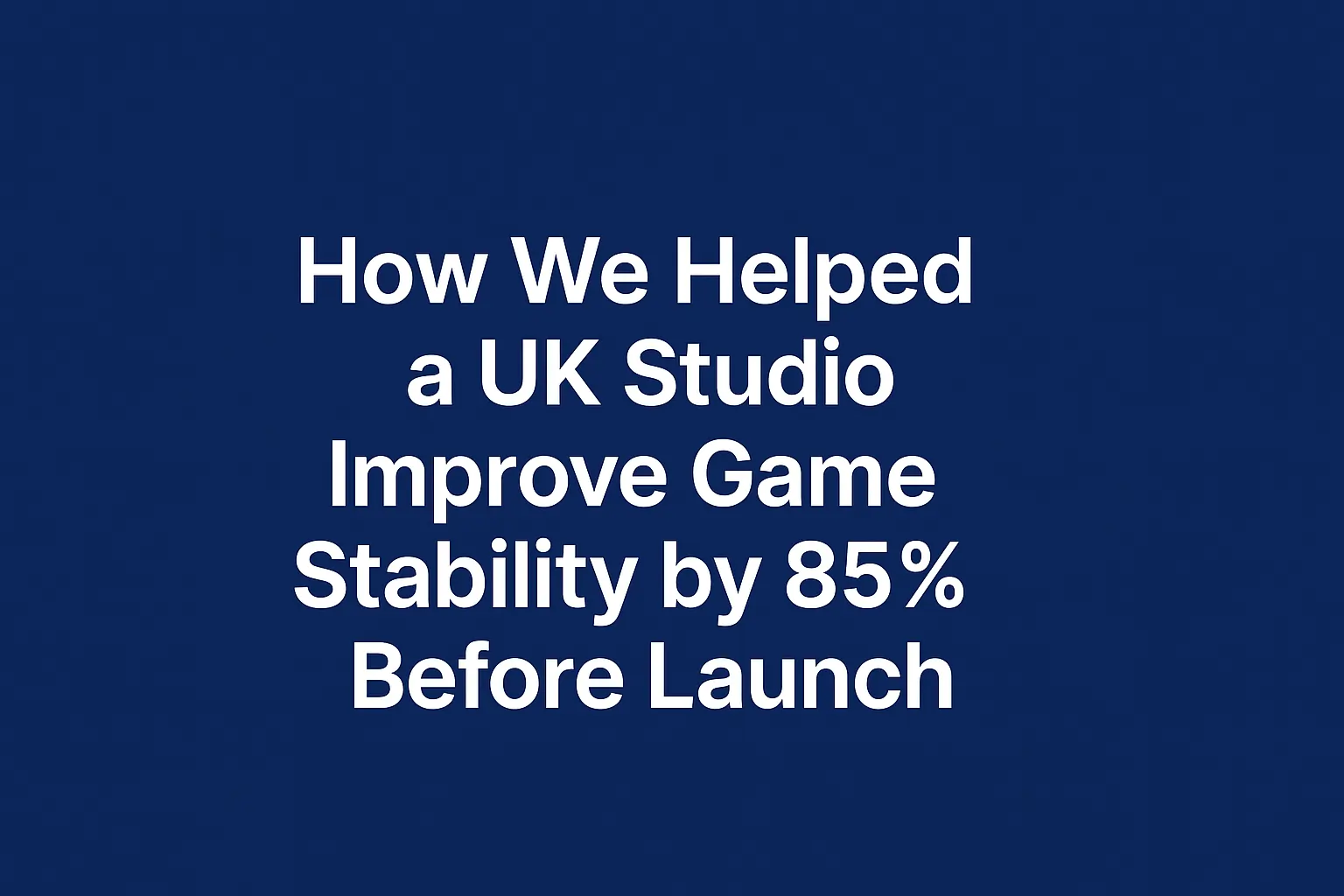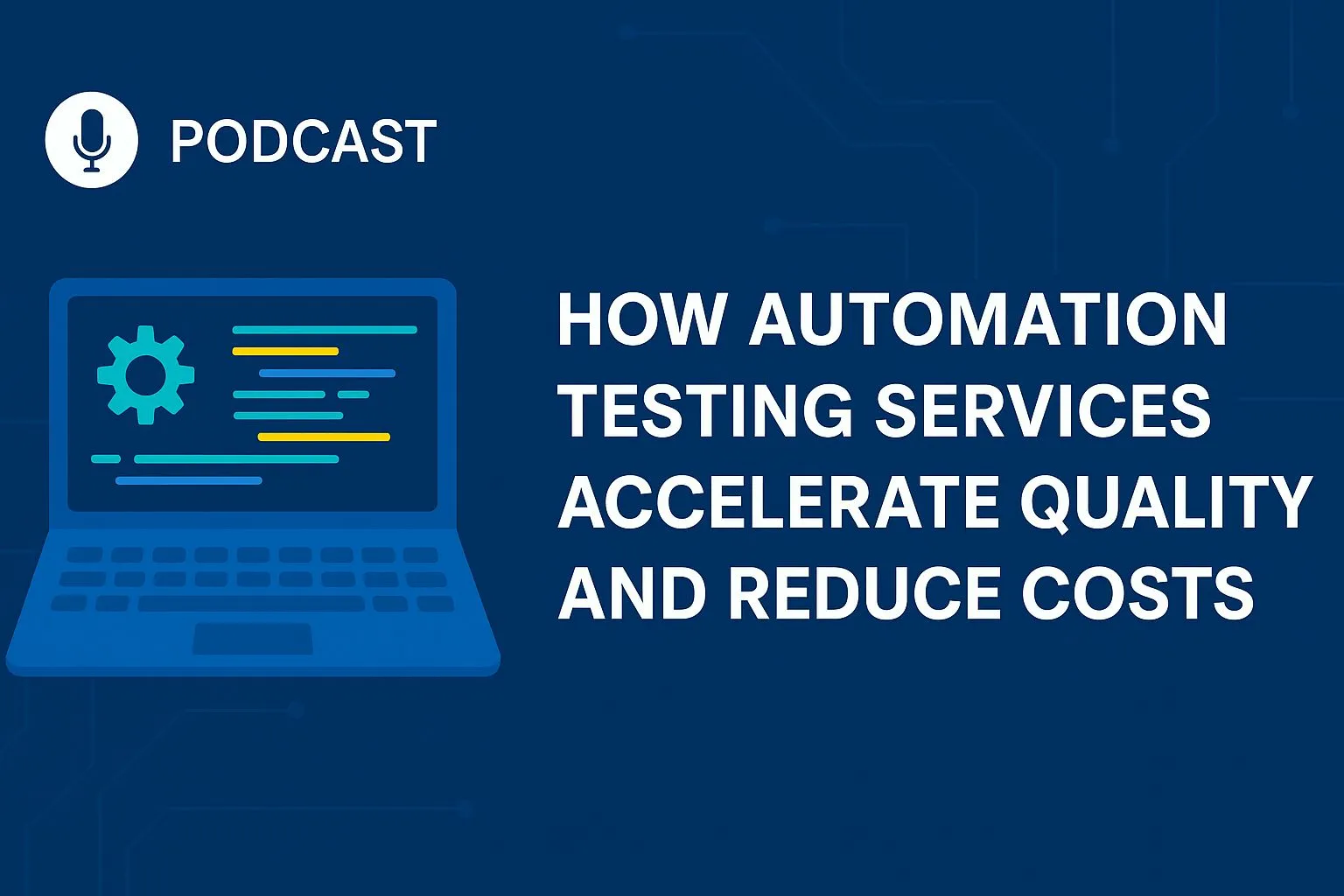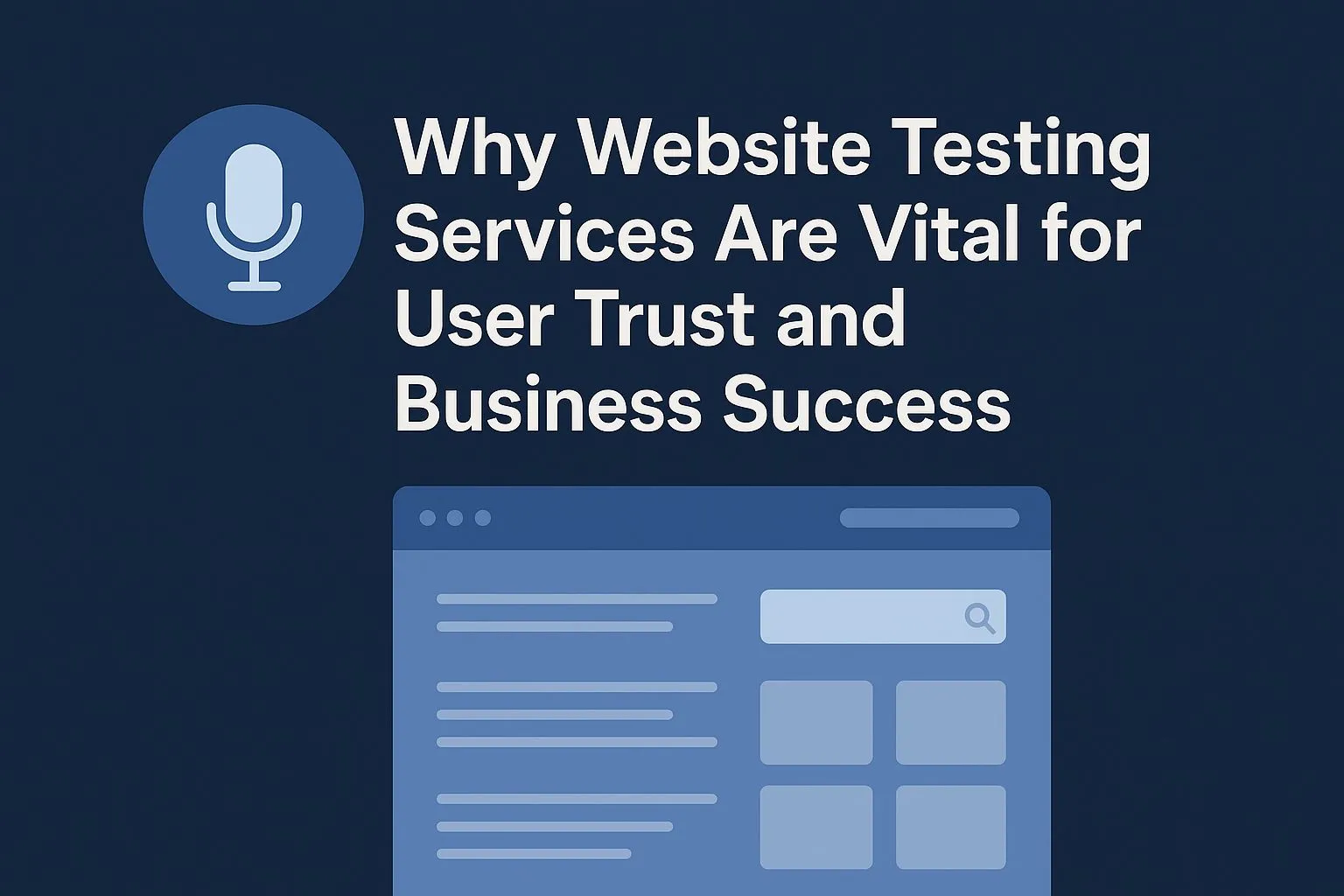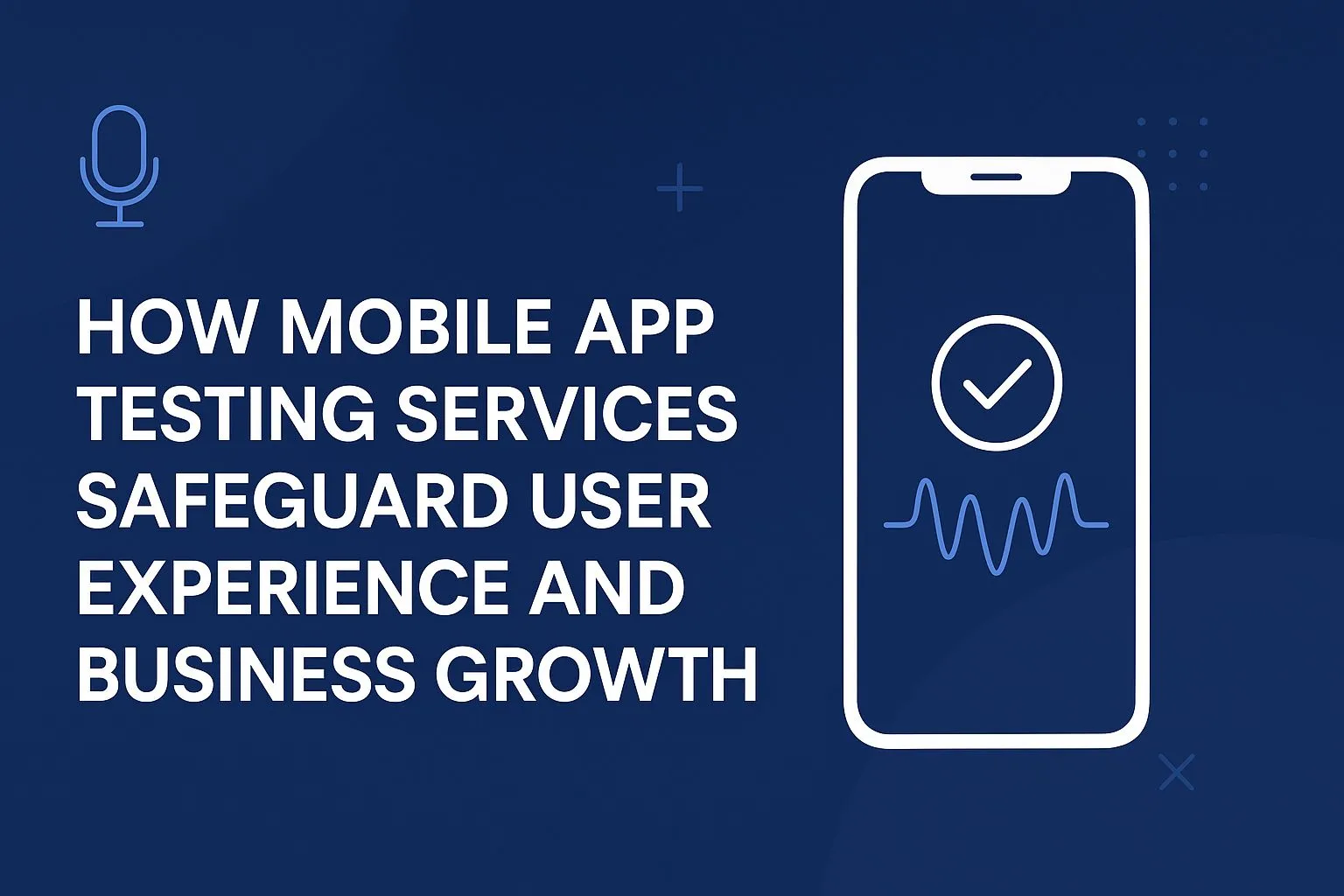End-to-End Game Testing Services for Holiday Releases — From Alpha to Post-Launch
Introduction: Why Holiday Releases Need an End-to-End QA Approach
The holiday season is every game studio’s dream – and nightmare rolled into one. Downloads skyrocket, players are eager, and global spending on games reaches record highs. Yet that same excitement leaves zero tolerance for bugs, lag, or crashes.
In 2025, game launches during November and December are projected to generate around 45% of annual mobile game revenue. However, this golden window can quickly turn chaotic if testing is rushed or fragmented. Many studios still treat QA as a final step instead of an ongoing process.
That’s where end-to-end game testing services make the difference. From the very first Alpha build to post-launch updates, they keep your game stable, responsive, and fully prepared for the festive surge of players.
1. The Alpha Stage: Testing the Foundation Early
Testing shouldn’t wait until the final weeks before release. In the Alpha phase, even basic functional tests can prevent future disasters. This stage is about testing the game’s foundation — the core mechanics, menus, navigation, and controls.
Early QA focuses on:
- Core gameplay flow and logic validation.
- UI responsiveness and layout issues.
- Crash prevention during early builds.
- Device-specific defects (run early tests on 3–4 target devices).
Starting QA this early helps studios catch major bugs before production costs rise. According to QA industry reports, fixing a bug after release costs 20–30 times more than addressing it during Alpha.
🧠 Tip: Begin with small test sessions and functional smoke tests — they save weeks of debugging later.
2. The Beta Stage: Ensuring Playability and Stability
Once the core foundation is stable, the Beta phase focuses on player experience. At this point, QA expands into playability, usability, and stability testing across more devices and OS versions.
Key areas to test during Beta include:
- Multiplayer QA: Checking lobby systems, matchmaking, and synchronization.
- Performance testing: Maintaining consistent frame rates during battles or fast action.
- UI/UX validation: Ensuring tutorials, menus, and feedback screens feel natural.
- Regression testing: Retesting previous defects after each new update.
For mobile games, testing should cover 10–15 real devices, including new models released before the holidays. Beta testing is also when you simulate load spikes to ensure servers can handle the December rush.
📊 Fun Fact: Games that run a structured Beta QA report have 50% fewer day-one patches than those that skip this step.
3. Pre-Launch QA: Preparing for the Holiday Peak
As your release date approaches, pre-launch QA becomes your insurance policy. This phase ensures that the final build performs flawlessly when it matters most — the launch week.
During this stage, QA teams focus on:
- Stress and load testing: Simulating thousands of players logging in simultaneously.
- Compatibility testing: Ensuring stability across various screen sizes, GPUs, and resolutions.
- Festive event QA: Verifying holiday themes, skins, and DLCs render properly.
- Payment and monetization checks: Testing all in-app purchase flows, ads, and offers.
- Exploratory testing: Finding edge-case bugs that structured scripts might miss.
Remember, app store approval can take several days, especially during the year-end rush. Testing early gives you enough time to fix last-minute issues without missing your slot on the App Store or Play Store.
💡 A stable pre-launch build leads to better first-week retention, higher reviews, and lower refund rates.
👉 Need fast-track pre-launch QA?
4. Launch Day Testing: Real-Time QA in Action
Once your game goes live, the job isn’t over; it’s just changing form. Launch-day QA is about real-time monitoring and instant response.
A proactive QA team ensures:
- Crash tracking: Monitoring live error reports and player feedback.
- Smoke testing: Checking builds after every live patch or backend change.
- Server stability: Watching concurrency rates and login queue times.
- Hotfix validation: Quickly retest fixes before deploying them to production.
Holiday launches often see 2–3x more traffic, and even one crash can lead to a flood of negative reviews. Real-time testing ensures developers can fix issues before they spiral into PR problems.
🎯 A live QA team is the safety net between a smooth launch and a meltdown on Christmas Eve.
5. Post-Launch QA: Sustaining Quality After Release
After launch, it’s tempting to relax, but your QA journey isn’t over yet. The post-launch phase ensures that updates, patches, and new events keep running smoothly.
Here’s what to focus on:
- Monitoring analytics: Keep an eye on crash rates, frame drops, and latency.
- Patch QA: Test each update or balance adjustment thoroughly before rollout.
- User feedback analysis: Convert reviews into actionable test cases.
- Backward compatibility: Check that new patches don’t break older versions.
- Performance retesting: Validate optimization efforts after each patch.
Games that continue testing for at least 3 months post-launch retain up to 35% more players than those that stop QA right after release.
👉 Want to extend QA beyond launch week?
6. Why Outsourced QA Is a Lifeline for Holiday Launches
During the holiday season, developers face short deadlines, overworked teams, and endless patches. This is where outsourced QA teams make all the difference.
Outsourcing allows you to:
- Add 24×7 testing coverage without overloading your internal team.
- Access real device labs for iOS, Android, and PC platforms.
- Get faster regression cycles during daily build updates.
- Tap into domain expertise, whether it’s action, puzzle, or multiplayer games.
- Free up developers to focus on performance and feature updates.
Having an external QA partner during December isn’t just convenient, it’s strategic. It helps ensure smoother launches and stable gameplay while keeping internal teams sane during crunch time.
Conclusion: Quality Is the Best Holiday Gift You Can Give Players
A successful holiday launch isn’t just about meeting release dates; it’s about delivering a game that performs perfectly from day one. Players may forgive a tough boss fight, but they won’t forgive bugs, freezes, or server crashes.
By investing in end-to-end game testing services, you safeguard your brand reputation, boost user retention, and turn your holiday release into a long-term success. From Alpha testing to post-launch monitoring, Testers HUB ensures your game is stable, secure, and ready for the spotlight.
👉 Ready for your final QA sprint before release?
Frequently Asked Questions (FAQ)
Q1. Why is end-to-end testing essential for holiday game releases?
Because player traffic peaks during the holidays, end-to-end testing ensures your game performs smoothly from Alpha to post-launch, avoiding crashes and poor reviews.
Q2. When should QA start before a holiday release?
Ideally, testing should begin during the Alpha stage, at least 6–8 weeks before release, so issues can be fixed early and thoroughly re-tested.
Q3. What are the most important areas to test before launch?
Focus on performance, multiplayer stability, in-app purchases, festive events, and device compatibility — especially with newly released phones.
Q4. Do I still need QA after the game launches?
Yes, post-launch QA helps monitor performance, fix reported bugs, and maintain stability during updates or seasonal events.
Q5. How can outsourcing QA help during the holiday rush?
Outsourced teams provide faster turnaround, wider device coverage, and 24×7 testing, helping you launch bug-free even under tight deadlines.


